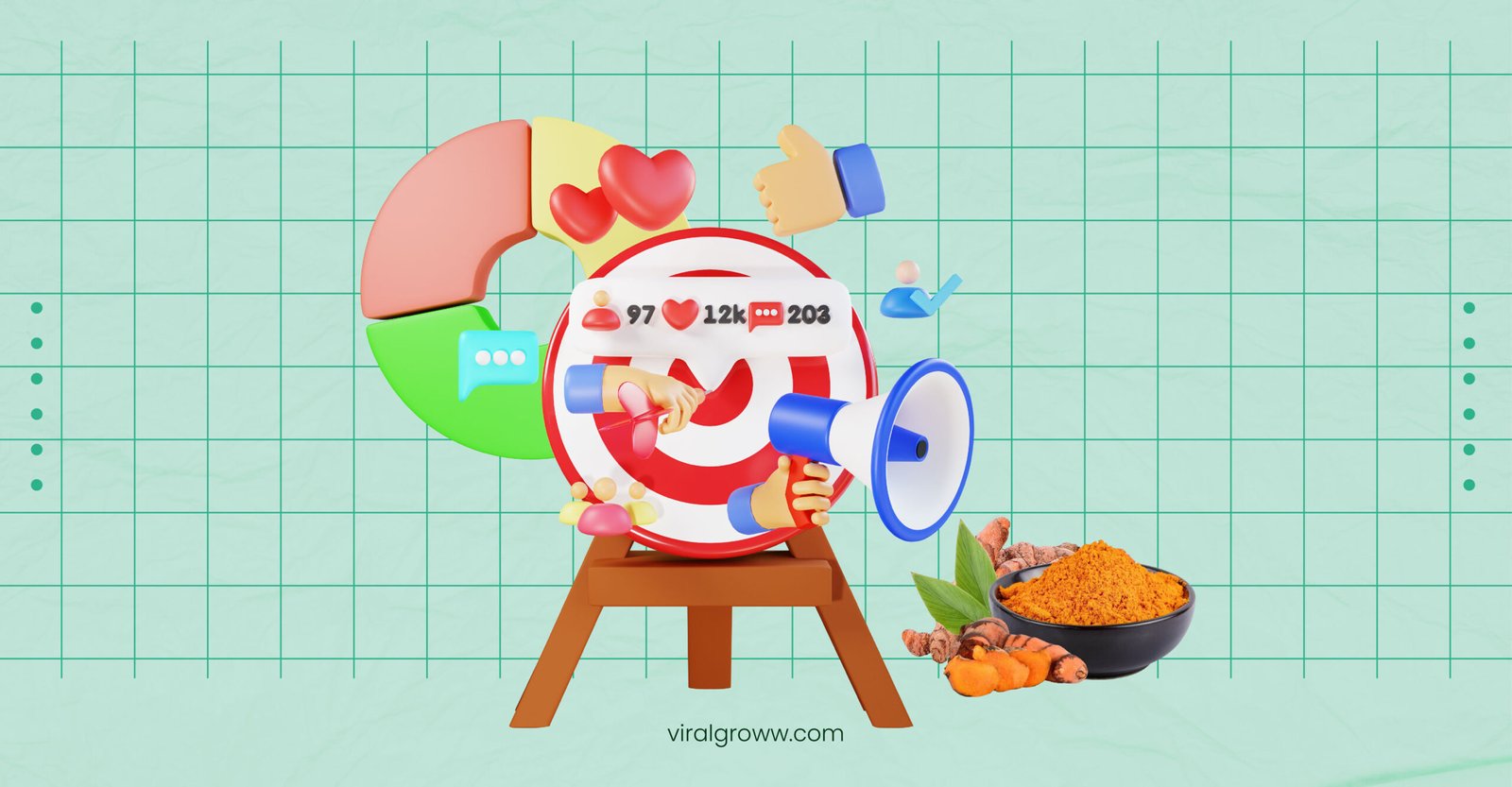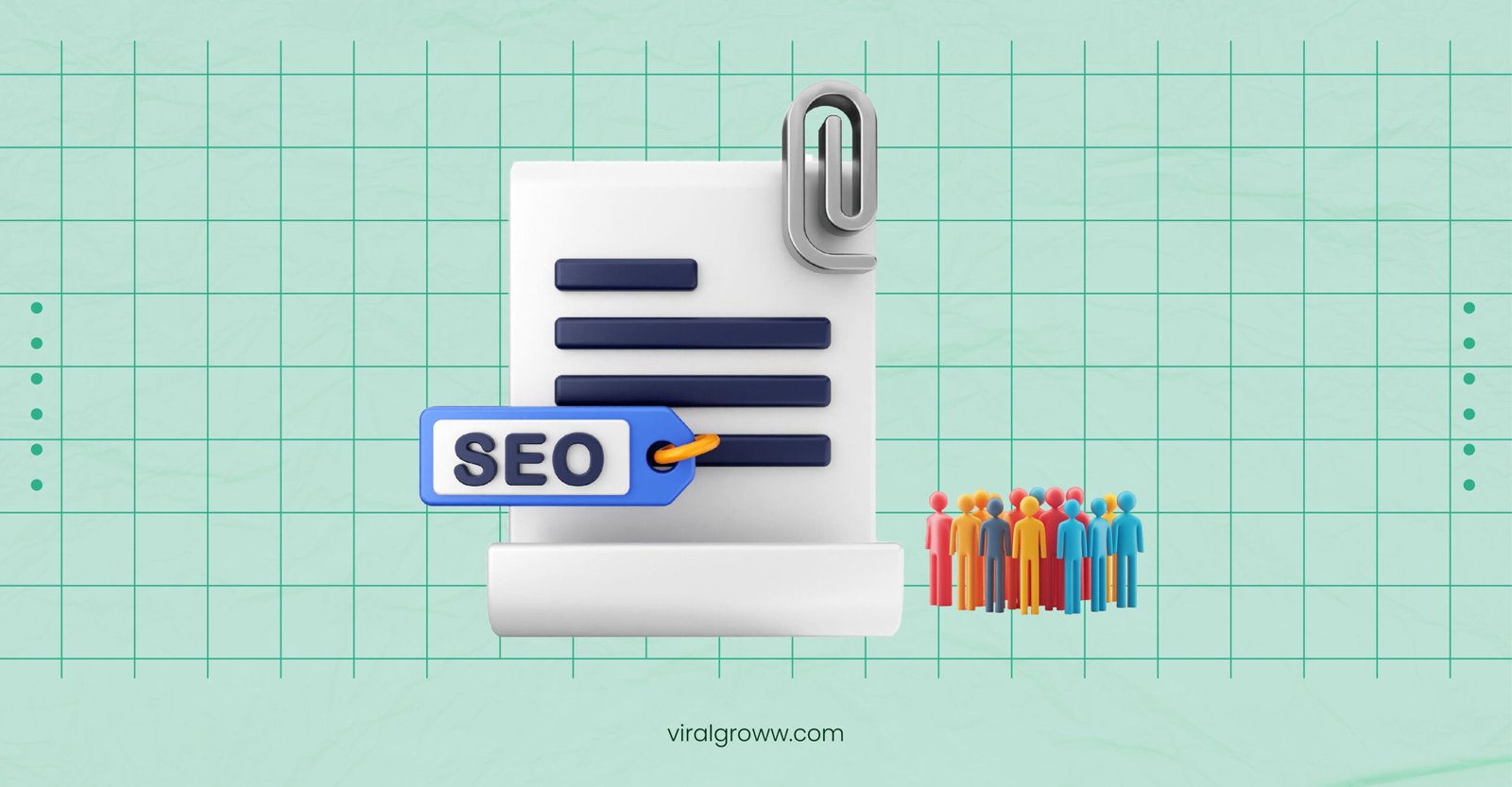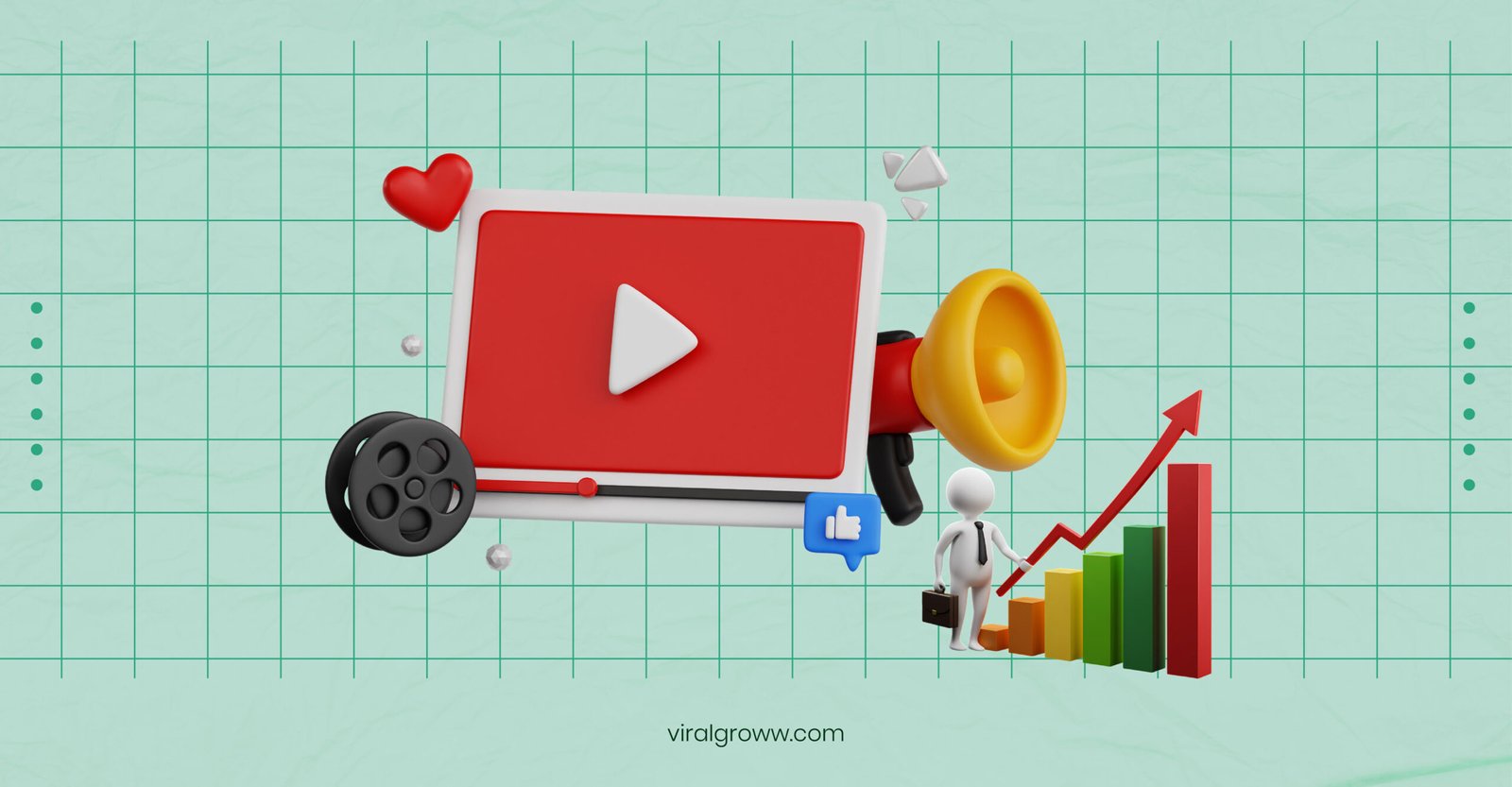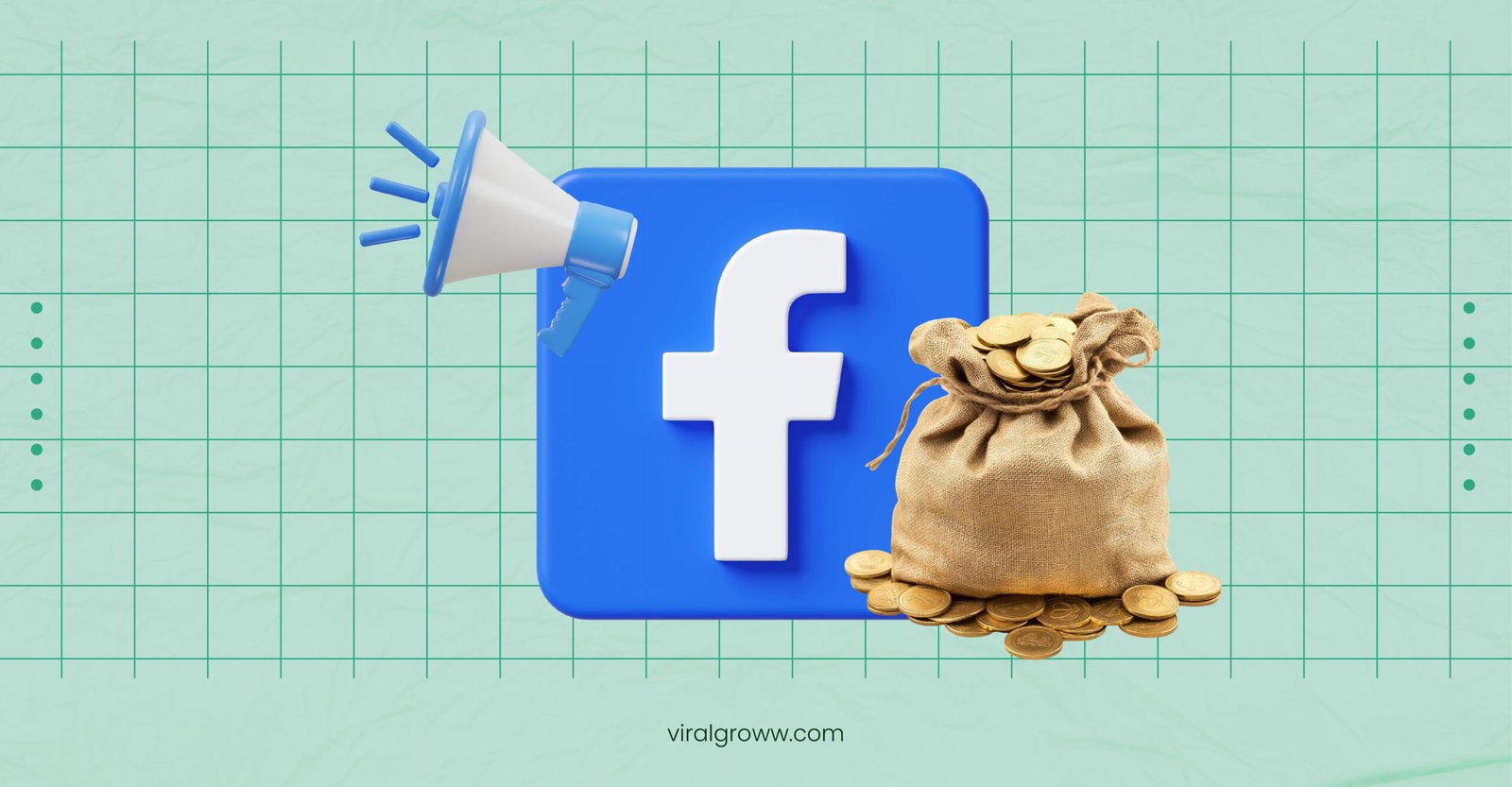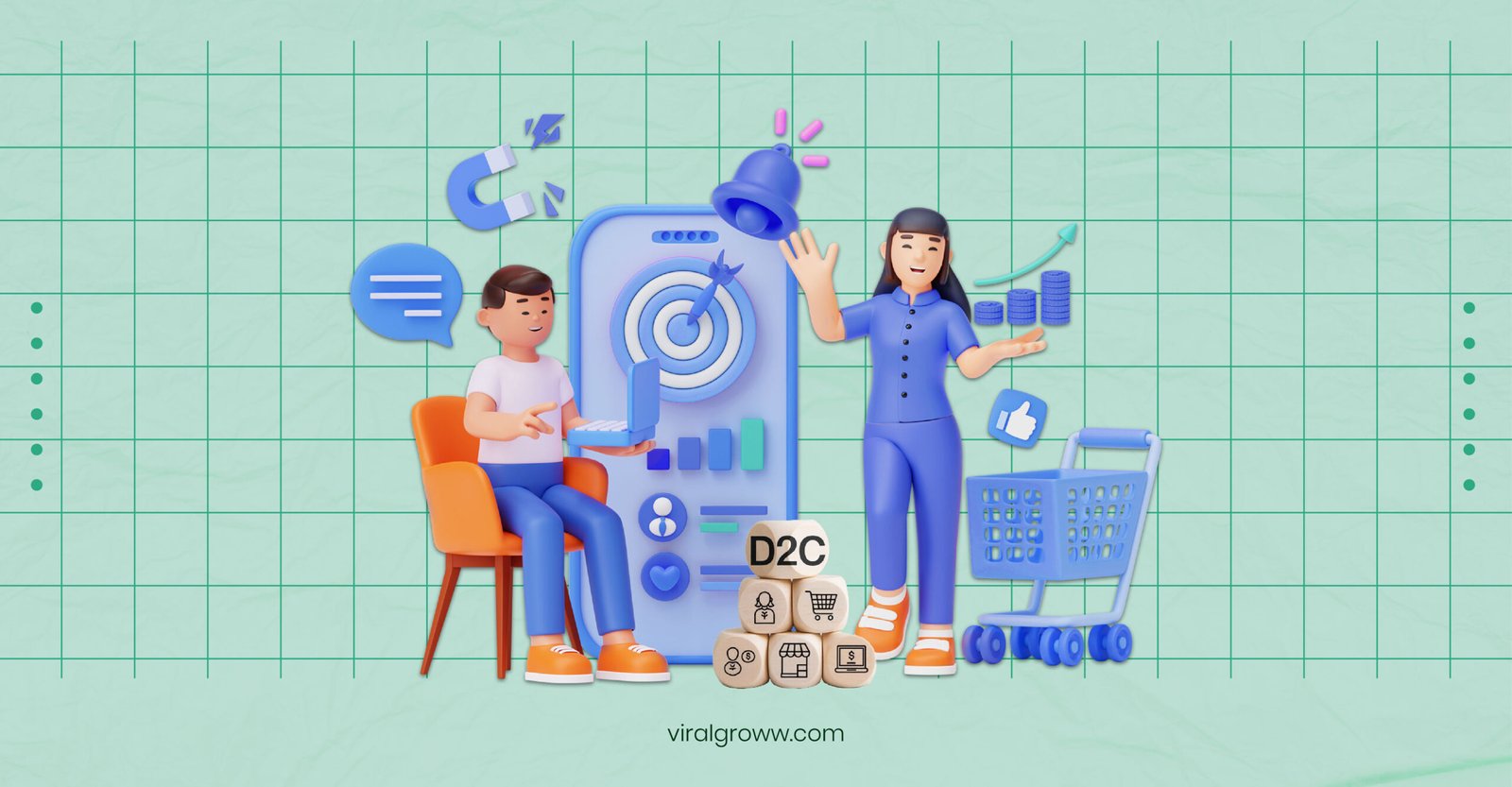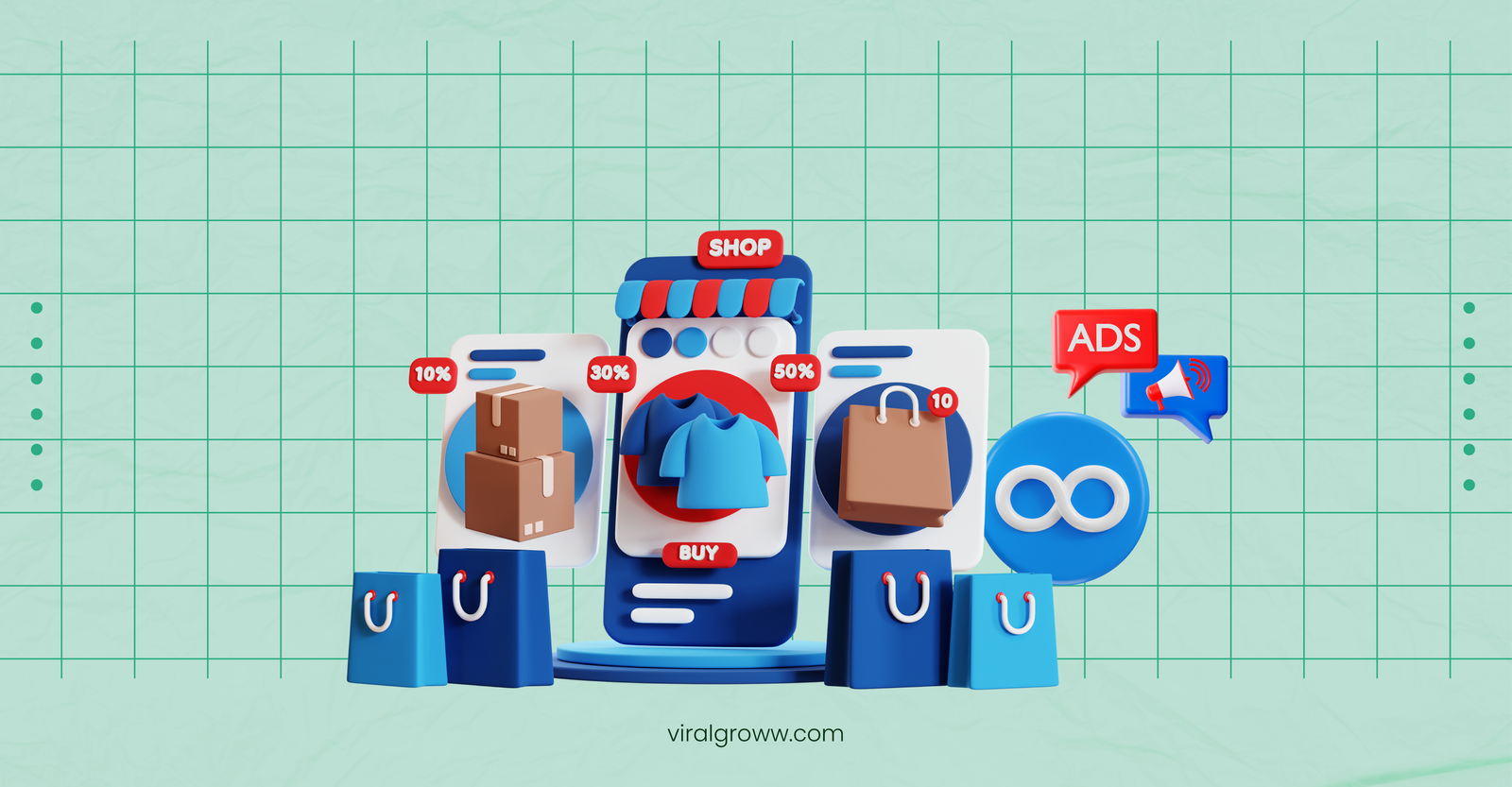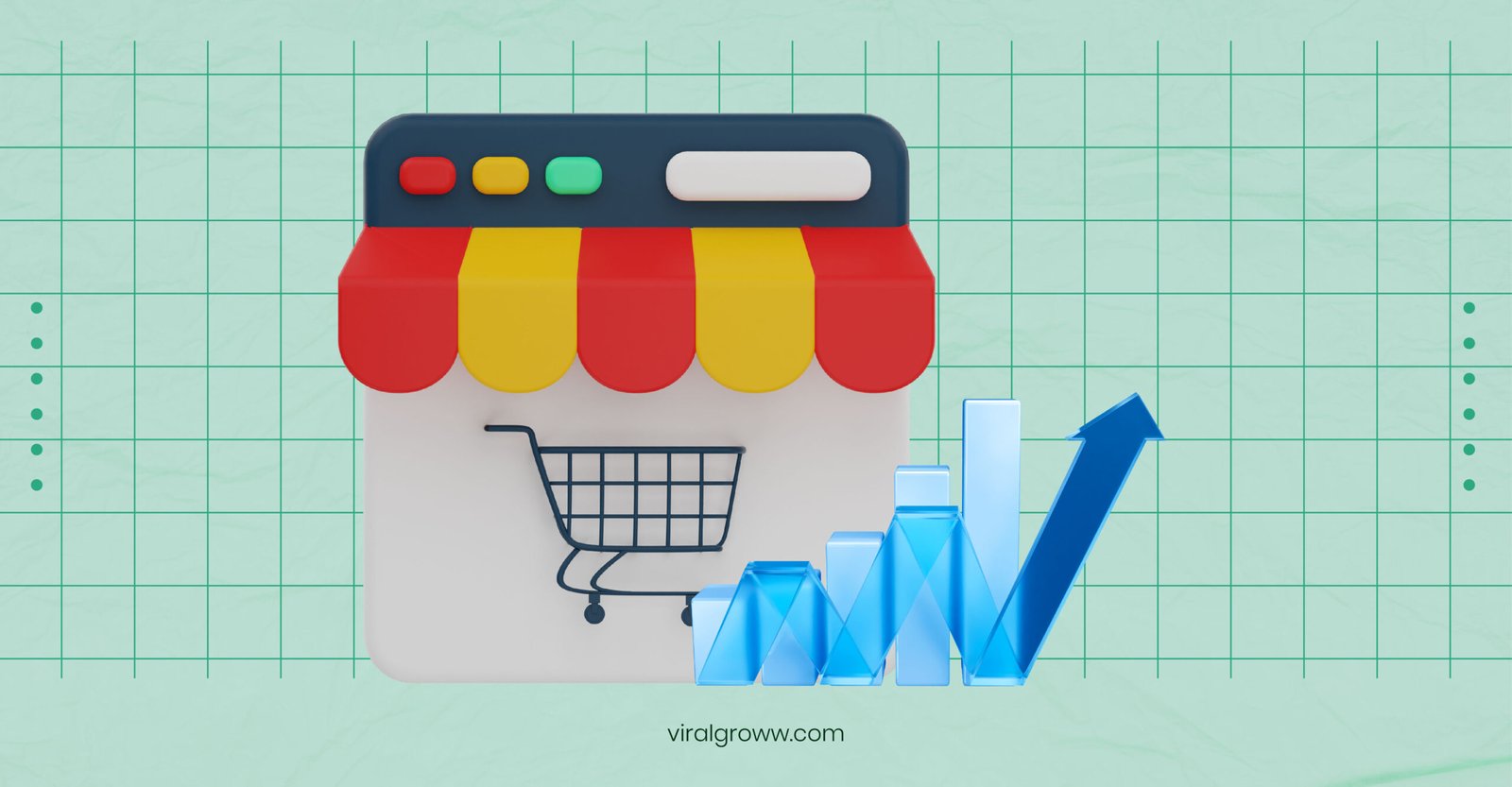Viral Groww Blog
No more posts to show
Lunch?
Maybe lunch is too soon, so instead, drop us
a line and we will be in touch!
- Building # 28, Office # 204, Veer Savarkar Block, Shakarpur Delhi 110092
- info@viralgroww.com
LET’S MAKE IT HAPPEN TOGETHER.
We champion transformation through Meta Ads, regardless of your project idea or goal.


